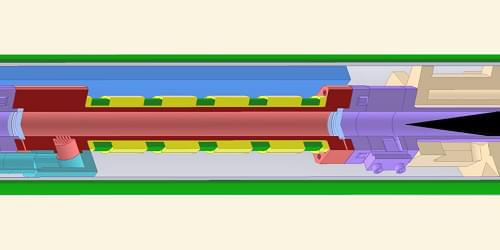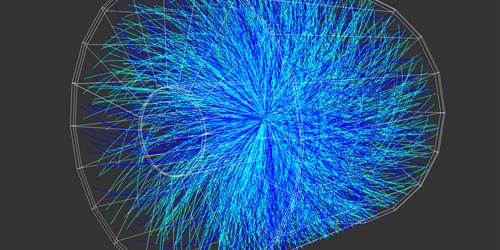Many people think of generative AI as a tool that allows them to use their own words to ask questions or generate copy and images—both of which it does remarkably well. However, it also has incredible potential to transform our personal and professional work—helping us access, consume, and utilize the untapped information that floods our inboxes and languishes in archives.
Adobe recently conducted research on digital workers’ perceptions of AI technologies, as well as their value in the workplace. We surveyed 6,049 digital workers across five countries—the U.S., UK, Australia, India, and Japan—including both rank-and-file employees and senior leaders who are using digital technologies (including digital documents) in their workplaces. The findings reveal their perceptions and aspirations around how AI can change the way we work. Following are the top three insights from the research:









